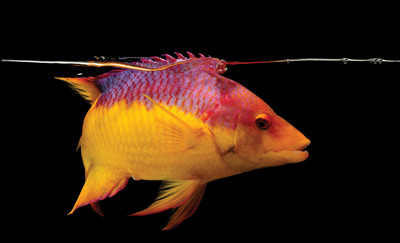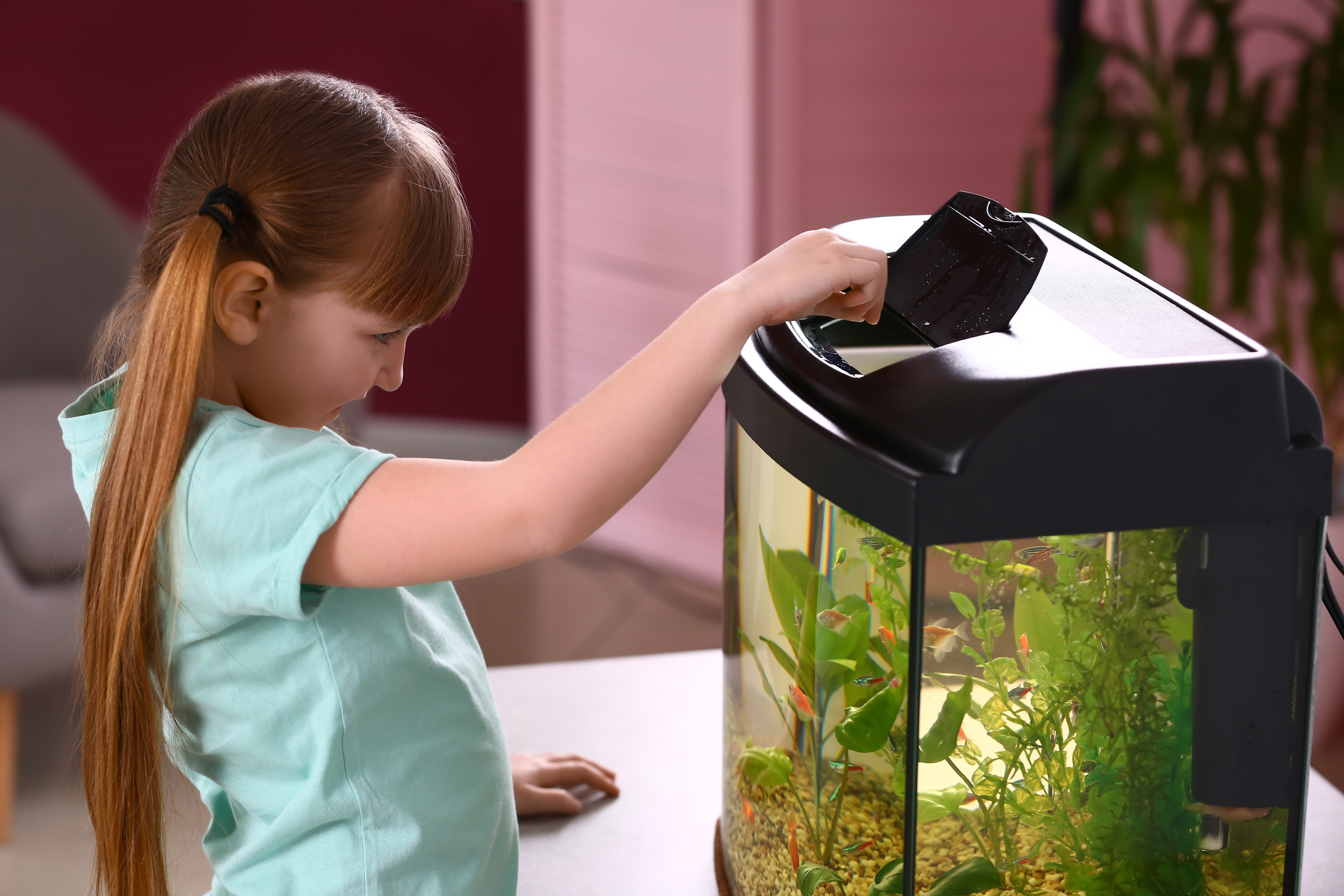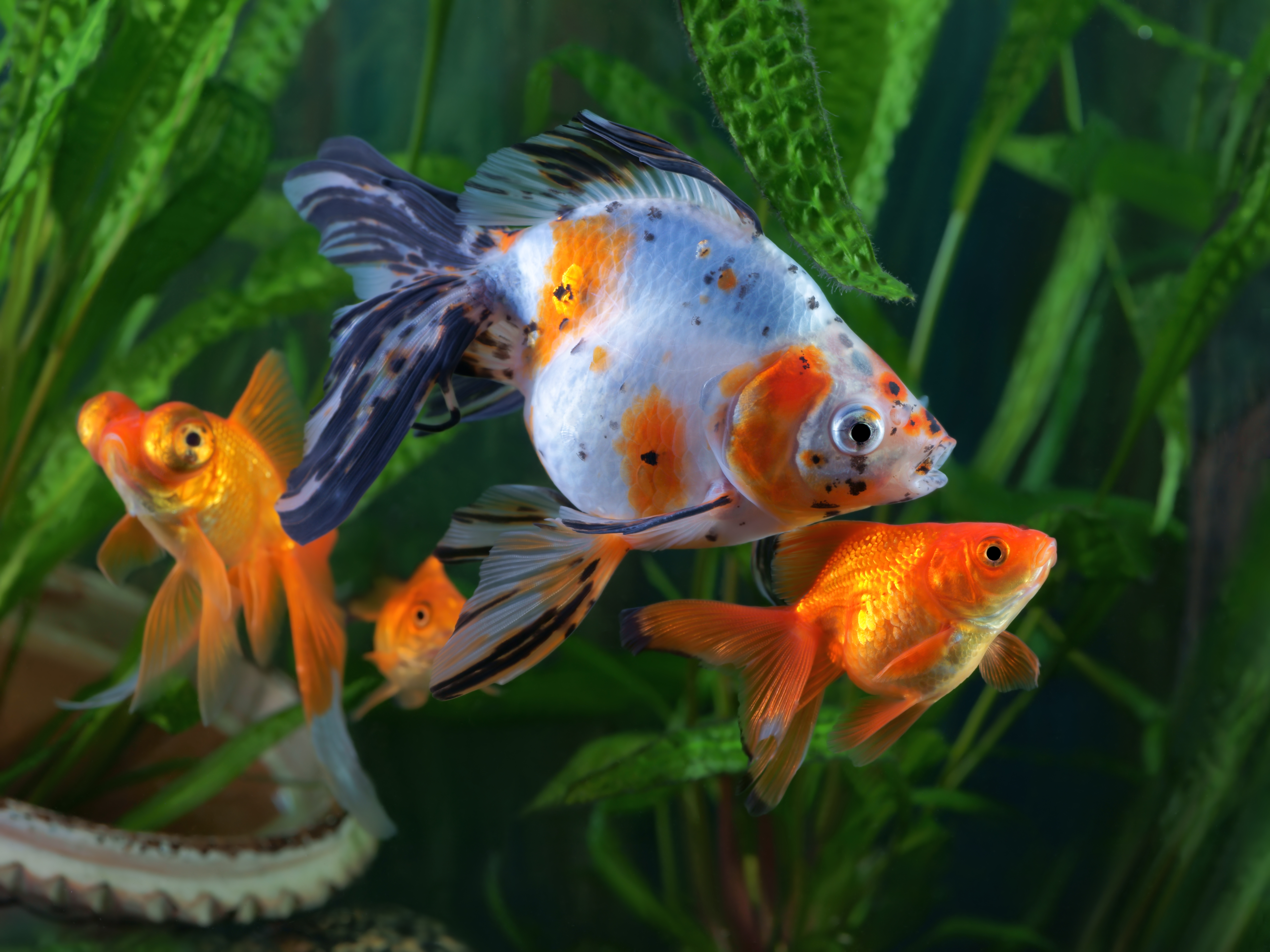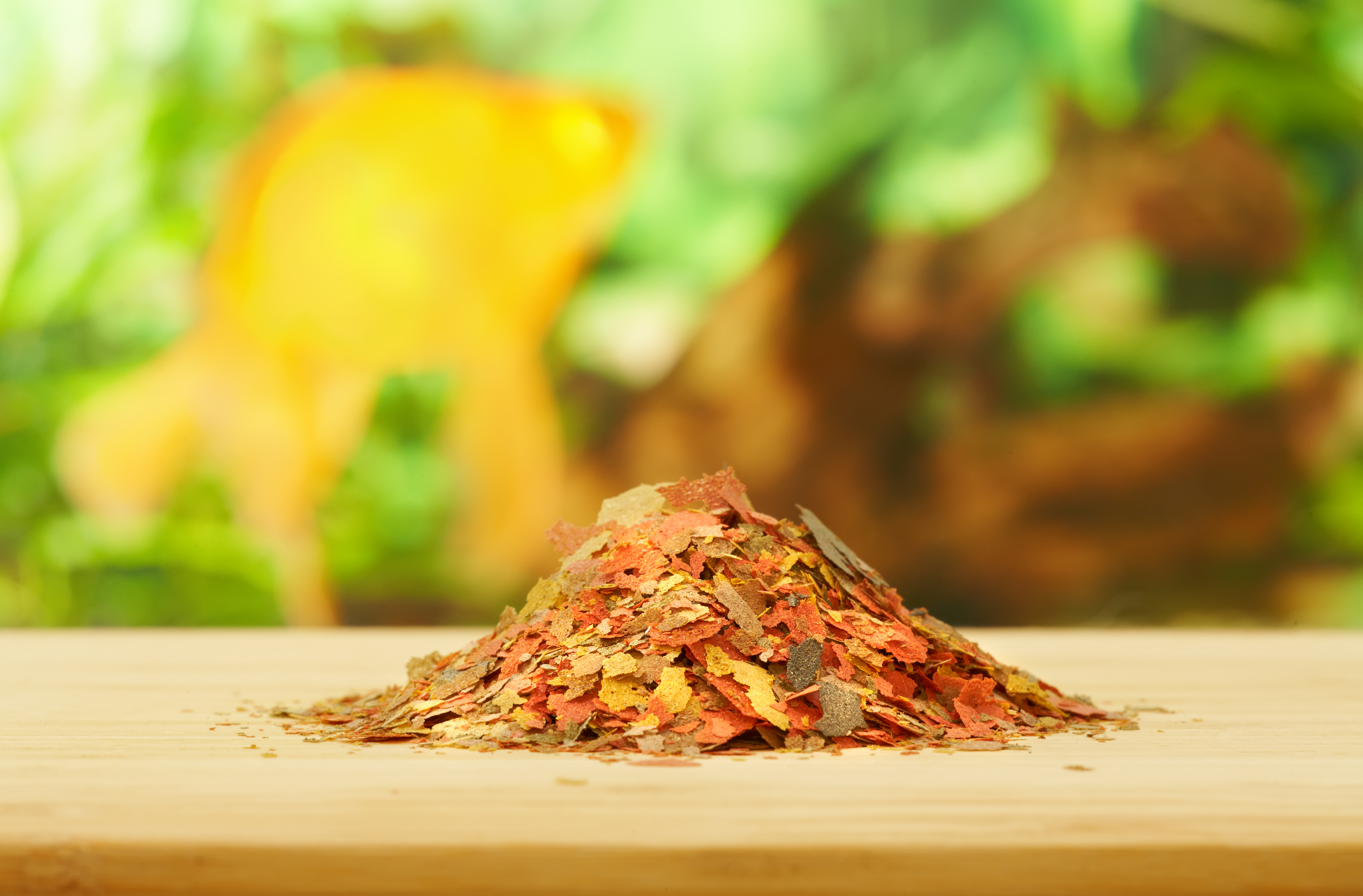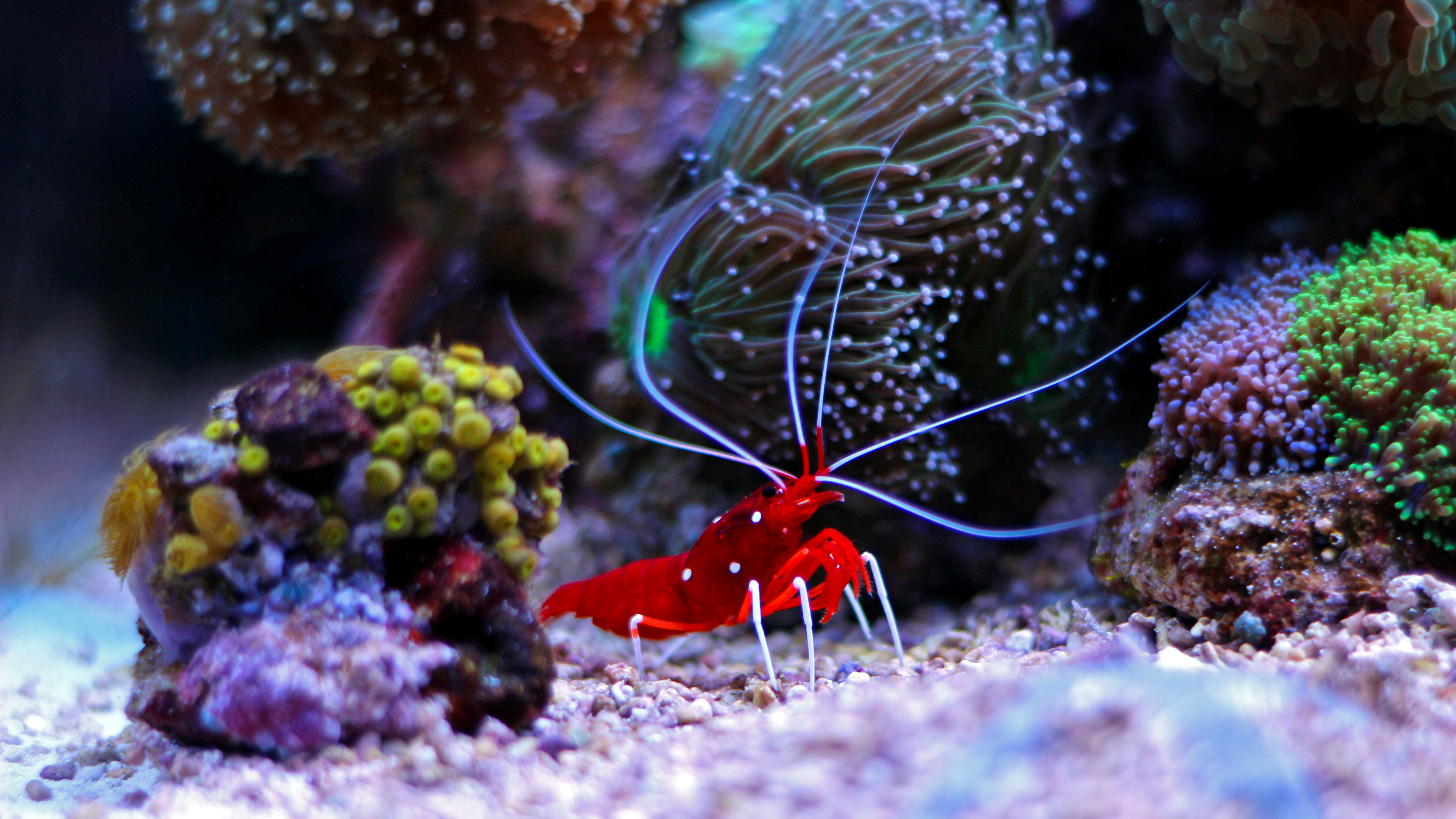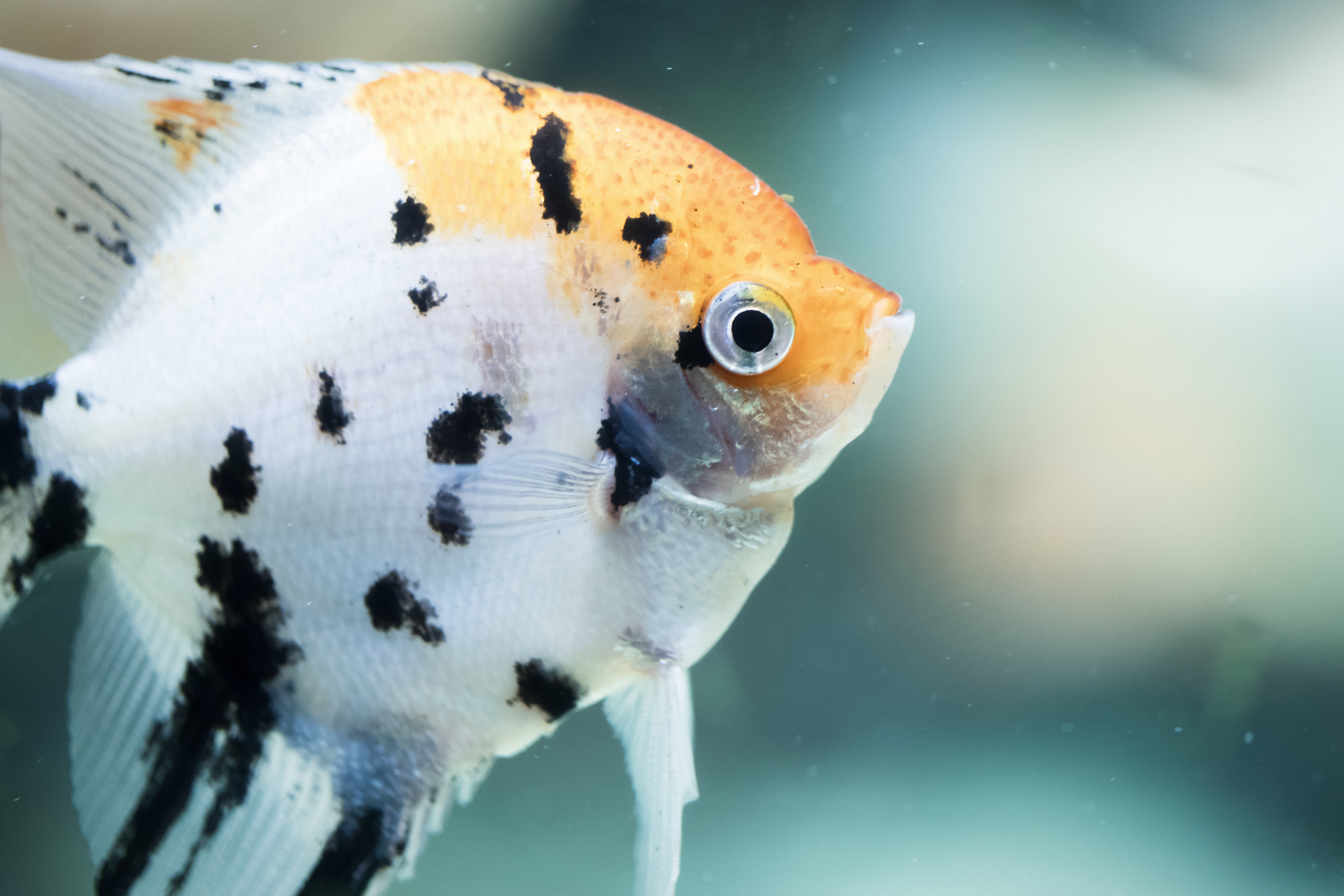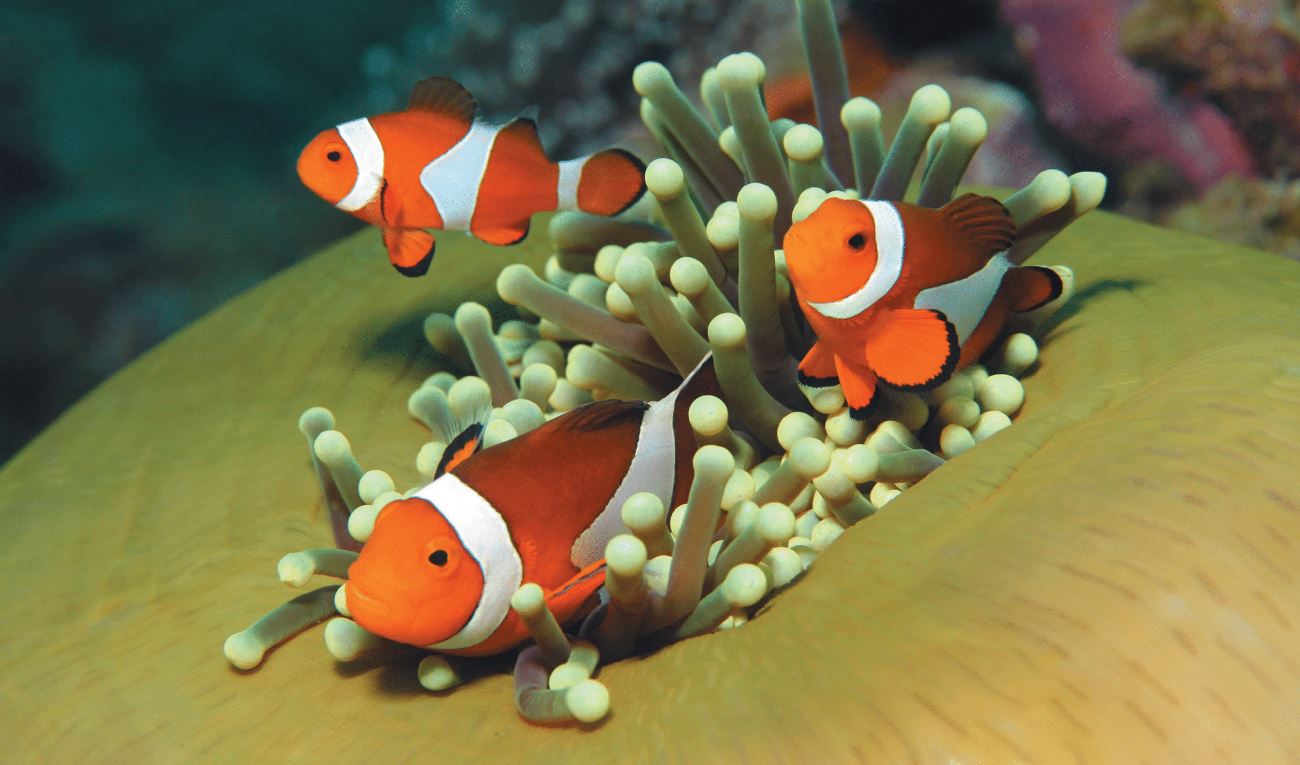Feed Me Fresh
Tom Mazorlig //July 1, 2014//
You’ve probably heard the adage “fresher is better” applied to human food. The same idea can hold for fish food.
The current trends are for fresher, higher-quality frozen and live foods for aquaria. Getting customers to buy these foods can be tricky, and it often requires customer education and the willingness to think outside the box.
“Frozen foods are a great add-on to any fish food purchase because they can easily be sold as a treat,” said Chris Clevers, president of Hikari. “It’s something to mix up the food the fish is eating without totally destroying the nutrient balance of the normal daily-use food. The benefit is it allows the consumer to interact with their fish and it hooks them on using the frozen foods.”
Retailers should consider the presentation of their frozen fish foods, advises Clevers.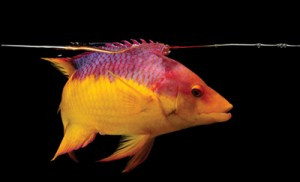
“Think about it for a minute. Would you want to buy your frozen meal out of a freezer where you had to dig around to find the one you prefer?” he said. “Would you buy your meal from a freezer that had dead fish, busted up product or damaged merchandise in it? Probably not. Aquatic hobbyists are humanizing their fish and they find this type of shopping environment uninviting. Consider making your freezer that ultra-clean food center of your store. Also consider offering less duplication of product, many brands of the same item, and widen the selection a bit.”
A number of developments in live and frozen foods benefit reef tank hobbyists, and the retailers who cater to them.
“Hikari’s newest product is Coral Gumbo, which should start hitting stores in June of this year,” Clevers said. “This is a mix of natural ingredients for reef tanks that offers the corals and smaller fish a nutrient mix they can easily ingest. It offers excellent polyp extension and rapid response from the corals once put in the water. We will offer it in a mini-cube format for more exact feeding, based on the number of corals being kept.”
Frozen Mysis shrimp remain a popular choice for feeding marine fish and invertebrates. Along with a range of frozen adult Mysis, Piscine Energetics provides a special-graded small size Mysis that is roughly half the size of typical adult Mysis. These small shrimp are available in 4-ounce tubes and 16-ounce flatpacks.
“These are a good size for seahorses and smaller-mouthed fishes, like fairy wrasses,” said Kevin Gaines, vice president of sales and business development at Piscine Energetics. “There’s a misconception that Mysis is only good for marine fish, but breeders of Tanganyika and other African cichlids love it because the omega fatty acid content increases egg production in breeding fish. Some breeders claim they see up to a 50 percent increase in egg production.”
Piscine Energetics will be adding flaked and pelleted Mysis to its food line in early 2015.
New Innovations
Perhaps the most innovative idea is culturing plankton as food for corals, copepods, and other reef-tank invertebrates.
“This past year, we have launched our Live Feeds Program,” said Erik Stenn, CEO and president of AlgaGen. “This offers the hobby a consistent, high-quality source of live, fresh phyto- and zooplankton. We provide the culture vessels and cultures that are shipped fresh each week to the stores participating in the program. This set up becomes a resource to the community: It allows the aquarist the option to use fresh phyto- and zooplankton to feed and maintain their tank. The store benefits as a community center, the hobbyist benefits with easy access to fresh live cultures.”
One challenge for retailers is convincing customers to give live foods a try when frozen, pellet and flake food is so convenient.
“Once the store understands how the live feeds are used, selling should not be much of an issue,” Stenn said. “For instance, if a customer purchases a six-line wrasse, they should have a bag of copepods in their other hand. Many of the copepods feed on phytoplankton, so there is another potential use for phytoplankton.The phyto is necessary to sustain the copepods that were just purchased. It is all tied together.”
Customer education is critical for the success of this approach.
One store that has successfully adopted this model of feeding the whole reef ecosystem is SeaScapes Studio in St. Louis, Mo. Joe Faszl, co-owner, explained the process.
“We started feeding the ecosystem instead of the fish,” he said. “We seed the reef with copepods and amphipods and then provide food for their babies—single-celled organisms [phytoplankton]. We culture the organisms. We do it at a good margin for us and reasonably priced for customers.”
Faszl said they also sell macro organisms: live algae, live shrimp and live feeder fish.
“We grow live copepods in huge numbers,” he said. “These give you the ability to get free food because they will grow in the tank as long as you add phytoplankton. At night, you’ll see dusty particles in the water, which are baby copepods. That’s free coral food. We started really pushing this system last July, and as word has gotten out our numbers have been great. “
